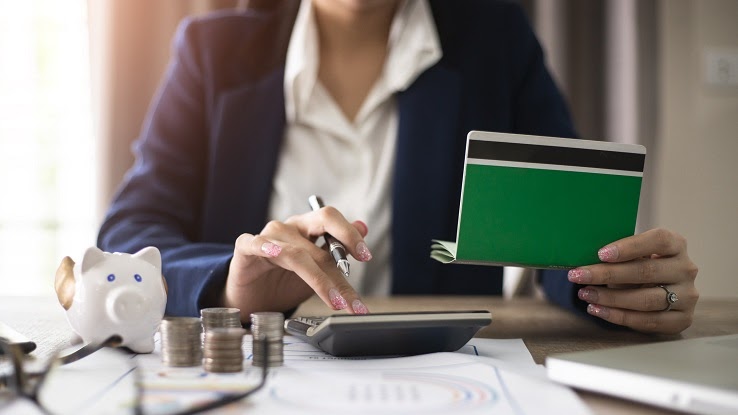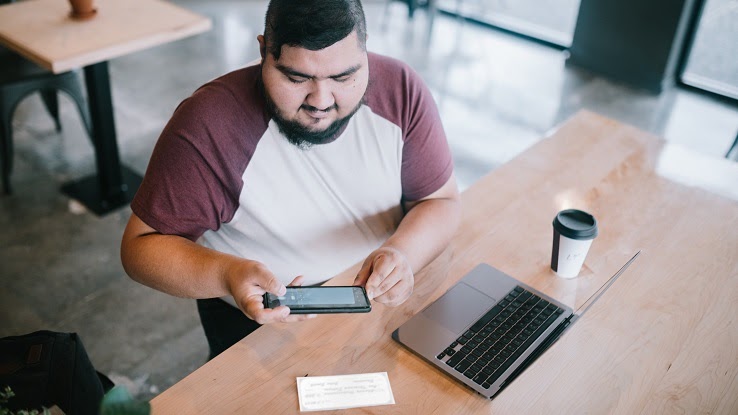How Easy is It to Get a Cashiers Check

Opening a checking account is an important step in taking control of your personal finances. Having a checking account also makes it easier to receive payments from the government and businesses. For example, many people with active checking accounts receive income tax refunds quicker than taxpayers who wait on paper checks. Many businesses pay employees through direct deposits into checking accounts.
People who have checking accounts also have access to debit cards, which allows a person to pay for goods and services electronically without using credit. One key feature of having a checking account is the ability to write checks, and there are many instances in life where writing a check is the most prudent method of payment, such as a deposit for rent.

Checking accounts are the most common types of bank accounts that people use for everyday banking. A customer can put money into a checking account by depositing cash, depositing a check, or receiving a direct deposit. A direct deposit involves giving a business, usually an employer, a routing number and bank account number. Then, that business is able to electronically deposit money directly into your bank account without having to hand it to you first.
People can withdraw money from a bank account by withdrawing cash from a bank or ATM. To spend money in a bank account, customers can write checks, set up automatic transfers (these are similar to direct deposits and allow an individual to send money to a business electronically,) or use a debit card. A debit card can be swiped like a credit card, but the money on the card comes from a person's checking account.
Each month, banks send customers statements that give a detailed accounting of all deposits, withdrawals, interest, and fees associated with the account. Many banks offer online banking, where customers with checking accounts can view transactions and transfer funds through a website or an app.
Types of Checking Accounts

Banks offer several different types of checking accounts to match the different financial situations customers have. Each type of checking account, even if it is from the same bank, may have different standards for minimum balances, interest rates and service fees.
Although many individual banks have a variety of checking account options, checking accounts generally fall into two main categories: Personal checking accounts and business checking accounts.
Business Checking Accounts
A business checking account has higher fees and more enhanced features than a personal account. This type of account is only for businesses, and often requires the signature of a business owner to set up. Many banks also ask for documents identifying the legal name and purpose of the business as well as the individuals who can sign for the business.
Personal Checking Accounts
Any person aged 18 or older can open a personal checking account. These accounts allow people to handle their day-to-day financial transactions, involving receiving money and paying expenses.
There are no credit checks involved in opening up a checking account, but some banks use a customer's name and address to check their banking history. If a person has a history of bouncing checks — writing checks for more money than is in their account — or of using a debit card to pay expenses higher than what is in their account, other banks may deny their application for a checking account.
Some banks allow minors of a certain age to open up joint checking accounts with a parent or legal guardian. Depending on state laws and the age of the child, the parent will likely be the only person able to write checks or use the debit card associated with the account.
How to Open a Checking Account

Opening a checking account is as simple as filling out an application. All banks make applications available in person at any local branch, and many banks also have online applications available.
The application will ask basic demographic questions such as the customer's name, address, birth date, phone number, and social security number. On the application, a customer may also be able to establish a PIN number and login credentials for online banking.
The approval process for an application is usually very quick. As long as the person does not have a poor banking history, the bank will usually open the account immediately.
What Do You Need to Open a Checking Account?

To open a bank account, a customer needs to prove who they are and where they live. Many banks require one to two forms of government-issued identification. This can be a driver's license, permit, passport, military ID card, social security card, or birth certificate among other documents. Some banks even ask for a utility bill, such as one from an electric or water company, to prove the applicant's address.
Anyone opening a bank account should also have at least $25 in cash with them. Although some banks do not, most banks require a person opening a new account to make an immediate deposit of the minimum balance for the account, which is often $25.
Cost of Opening a Checking Account

Opening up a checking account is usually free. Even if opening an account is free, though, there can be costs connected to using your account. Those costs or fees vary greatly between banks and types of accounts.
Here is a common scenario among banks that charge fees: There is no cost to open a checking account, but the account holder must immediately deposit the minimum balance amount into their account. At most banks, the minimum balance is a small number, such as $25, and the account holder must keep at least that much in the account at all times to keep their checking account open.
Some banks also charge monthly maintenance fees, usually ranging between $1 and $25, for having an account open. Banks often waive monthly maintenance fees for customers who meet a goal dollar amount of monthly direct deposits or maintain a certain balance in their account for the full statement period.
In general, business checking accounts have higher monthly fees and higher minimum deposit and/or minimum monthly transaction standards than personal checking accounts. However, there are some banks that specialize exclusively in business banking and offer accounts with low fees, costs, and minimum deposits.
Checking Account Interest

Generally, checking accounts earn a very small amount of interest each month, and some checking accounts do not earn interest at all. According to the FDIC, the average interest rate on personal checking accounts in America is 0.03%. This is another number that can vary greatly depending on the policies of the bank and the type of checking account that you have.
Although it is rare, there are some banks, usually online ones, that offer high yield checking accounts. These are checking accounts with much higher interests rates, usually between 0.50% and 1.00%. These accounts require large opening deposits and large minimum balances of $10,000 or more.
The best way to get clear details about opening a checking account is to speak to a bank teller or account manager. The process is quick and easy.
Source: https://www.askmoney.com/budgeting/open-checking-account?utm_content=params%3Ao%3D1465803%26ad%3DdirN%26qo%3DserpIndex&ueid=1e6a7a92-0726-4ffd-a535-b78c8e1d995b
0 Response to "How Easy is It to Get a Cashiers Check"
Post a Comment